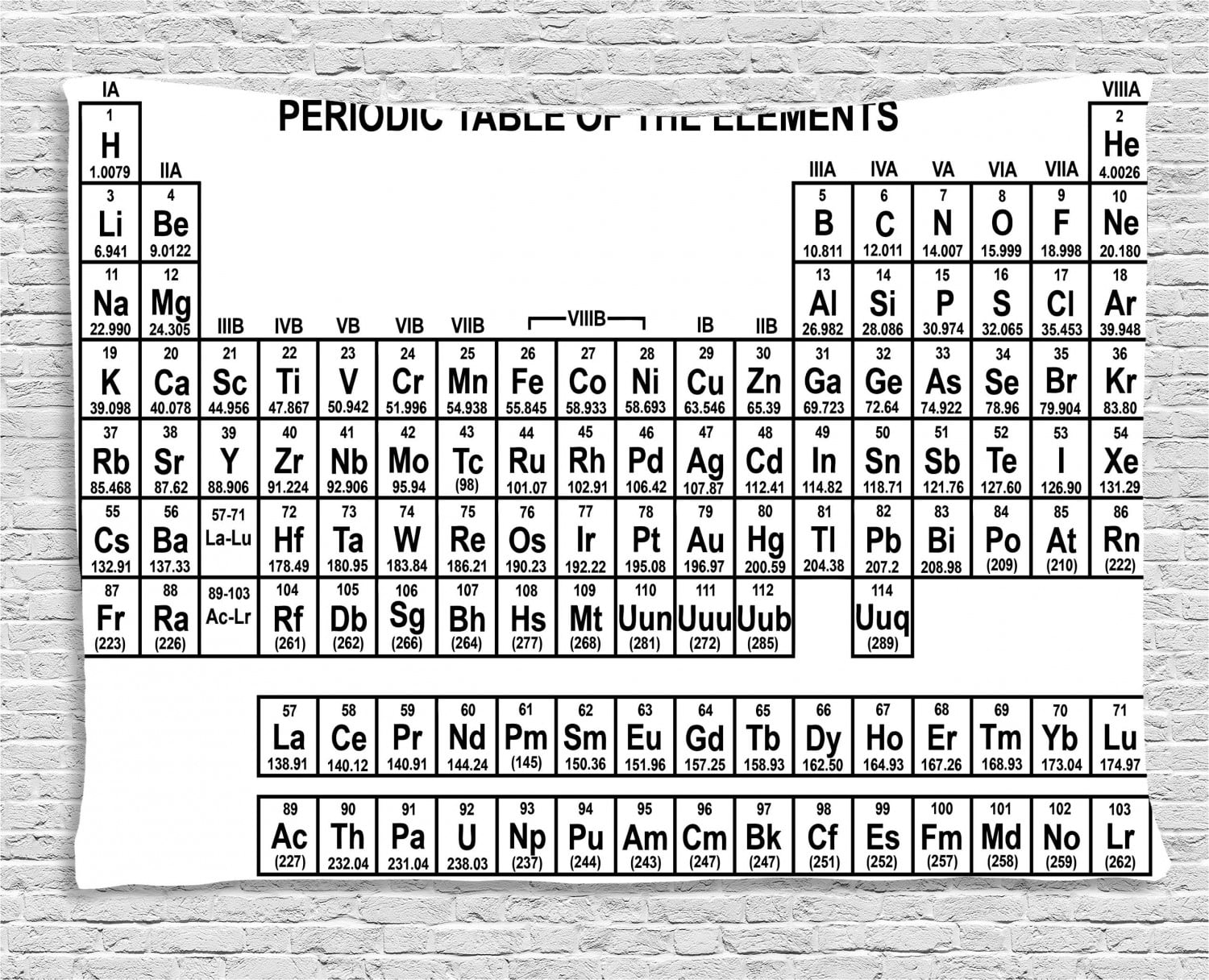

However, the 4f shell of lanthanum can become partially occupied in chemical environments and participate in chemical bonding. Thus it is only very weakly paramagnetic, unlike the strongly paramagnetic later lanthanides (with the exceptions of the last two, ytterbium and lutetium, where the 4f shell is completely full). Īmong the lanthanides, lanthanum is exceptional as it has no 4f electrons as a single gas-phase atom. Some lanthanum(II) compounds are also known, but they are much less stable. In chemical reactions, lanthanum almost always gives up these three valence electrons from the 5d and 6s subshells to form the +3 oxidation state, achieving the stable configuration of the preceding noble gas xenon. The 57 electrons of a lanthanum atom are arranged in the configuration 5d 16s 2, with three valence electrons outside the noble gas core. Its placement has been disputed, but most who study the matter along with a 2021 IUPAC provisional report consider lanthanum to be best placed as the first of the f-block elements.

In the periodic table, it appears to the right of the alkaline earth metal barium and to the left of the lanthanide cerium. Lanthanum is the first element and prototype of the lanthanide series.

Lanthanum carbonate is used as a phosphate binder in cases of high levels of phosphate in the blood seen with kidney failure.Ĭharacteristics Physical Lanthanum compounds have numerous applications as catalysts, additives in glass, carbon arc lamps for studio lights and projectors, ignition elements in lighters and torches, electron cathodes, scintillators, gas tungsten arc welding electrodes, and other things. It is extracted from those minerals by a process of such complexity that pure lanthanum metal was not isolated until 1923. In minerals such as monazite and bastnäsite, lanthanum composes about a quarter of the lanthanide content. Although it is classified as a rare earth element, lanthanum is the 28th most abundant element in the Earth's crust, almost three times as abundant as lead. Lanthanum was first found by the Swedish chemist Carl Gustaf Mosander in 1839 as an impurity in cerium nitrate – hence the name lanthanum, from the Ancient Greek λανθάνειν ( lanthanein), meaning 'to lie hidden'. Lanthanum usually occurs together with cerium and the other rare earth elements. It is not particularly toxic to humans but does show some antimicrobial activity. Lanthanum has no biological role in humans but is essential to some bacteria. Like most other rare earth elements, the usual oxidation state is +3. Lanthanum is traditionally counted among the rare earth elements. It is the eponym of the lanthanide series, a group of 15 similar elements between lanthanum and lutetium in the periodic table, of which lanthanum is the first and the prototype. It is a soft, ductile, silvery-white metal that tarnishes slowly when exposed to air. Lanthanum is a chemical element with the symbol La and atomic number 57.


 0 kommentar(er)
0 kommentar(er)
